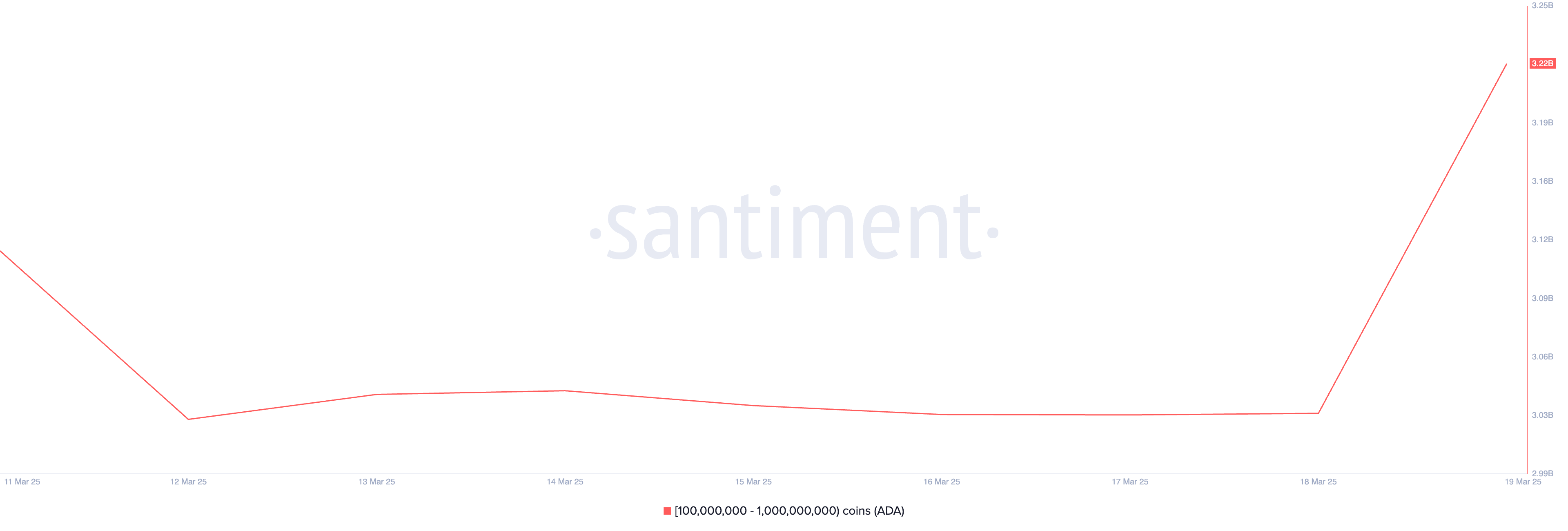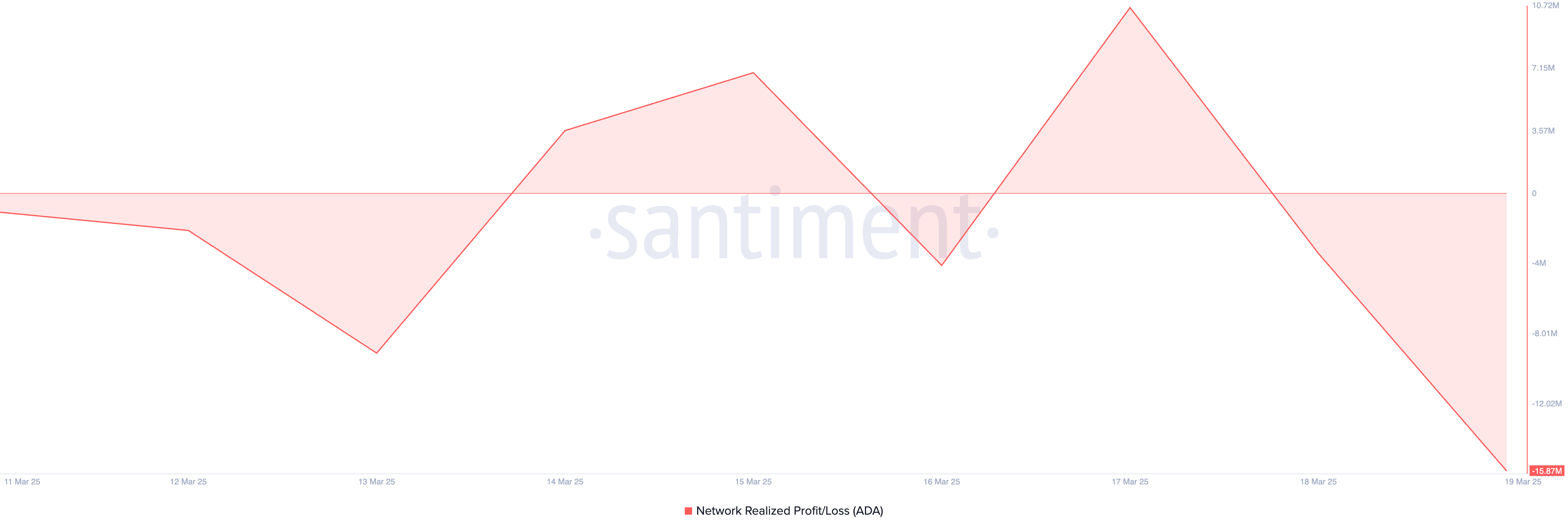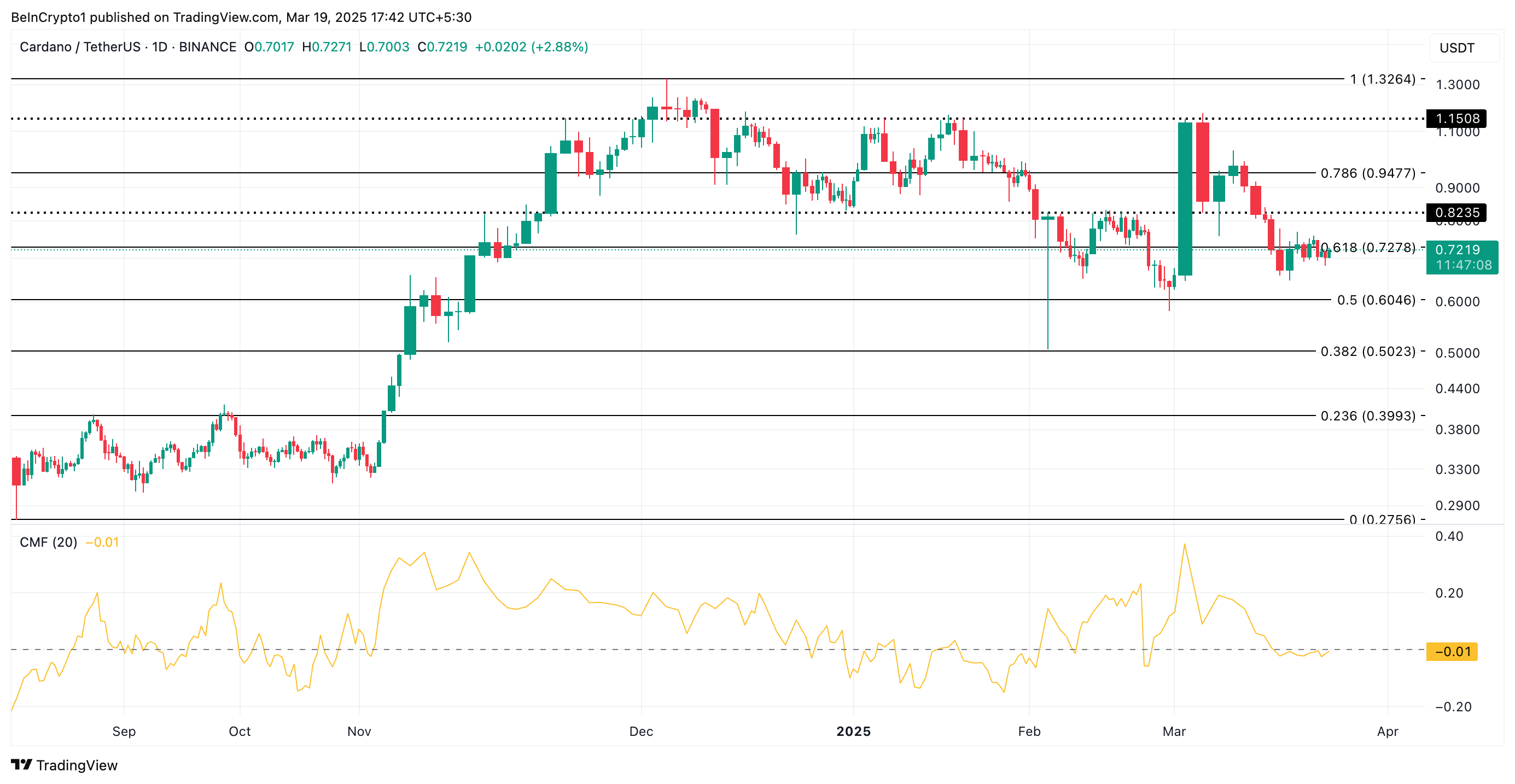In a landmark move, Faculty Group and Ghaf Capital today announced their merger to form Ghaf Group, a vertically integrated Web3 advisory business. This strategic union leverages Faculty Group’s full-stack Web3 execution capabilities alongside Ghaf Capital’s elite access to capital markets, sovereign networks, and strategic enterprise relationships across the MENA region and beyond.
With operations spanning capital allocation, product development, token advisory, liquidity management and marketing, Ghaf Group is uniquely positioned to drive the next wave of blockchain and Web3 growth. The new entity unites over 100 experts across eight subsidiaries under a single, scalable platform committed to delivering institutional-grade solutions and unlocking long-term value across the Web3 economy.
James Childs, newly appointed CEO of Ghaf Group, commented: “This merger is not just an evolution, it’s an inflexion point. Faculty Group has always focused on high-conviction execution in Web3. Now, as Ghaf Group, we bring together global delivery capability with regional strategic access to capital, creating a new category of partner for protocols, corporates, and governments alike.”
Feras Al Sadek, Chairman of Ghaf Group, added: “We’re combining best-in-class infrastructure with unparalleled strategic reach. Ghaf Group will be the trusted bridge between East and West, unlocking capital and capability at scale. This is a defining moment for Web3, and we’re just getting started.”
The group’s new visual identity, rooted in the symbolism of the resilient Ghaf tree native to the UAE, reflects a commitment to strength, longevity, and organic growth. Ghaf Group is already in advanced discussions with sovereign entities, institutional investors, and emerging protocols as it builds out a robust pipeline for 2025 and beyond.
Looking ahead, Ghaf Group will accelerate its footprint across MENA and Asia, explore strategic acquisitions, and begin laying the groundwork for a potential UAE-based IPO, positioning itself as a publicly accountable and globally trusted vehicle for Web3 advancement.
About Ghaf Group
Ghaf Group is a global Web3 venture platform formed through the merger of Faculty Group and Ghaf Capital. The firm provides integrated services across advisory, token design, venture capital, market-making, marketing, and blockchain development. With strong roots in the Middle East and a global vision, Ghaf Group partners with ambitious founders, forward-looking institutions, and sovereign stakeholders to catalyse the next era of decentralised innovation.
The post Faculty Group and Ghaf Capital Announce Strategic Merger to Launch Web3 Powerhouse, Ghaf Group appeared first on BeInCrypto.









